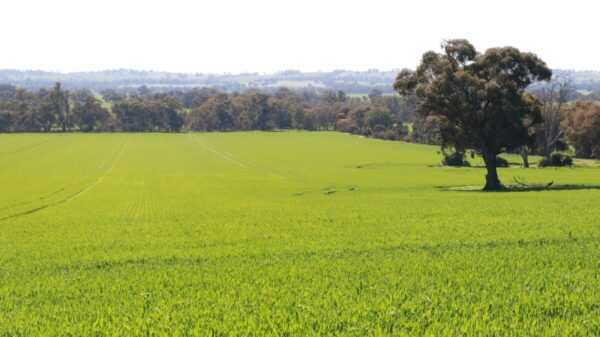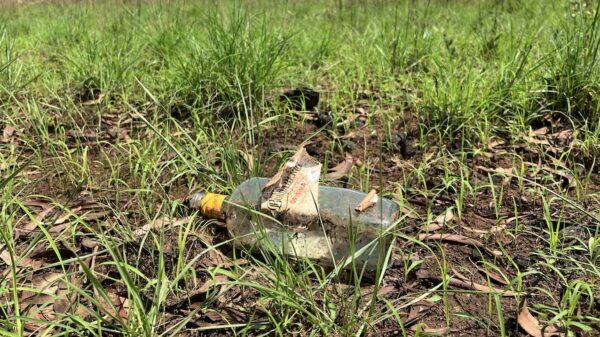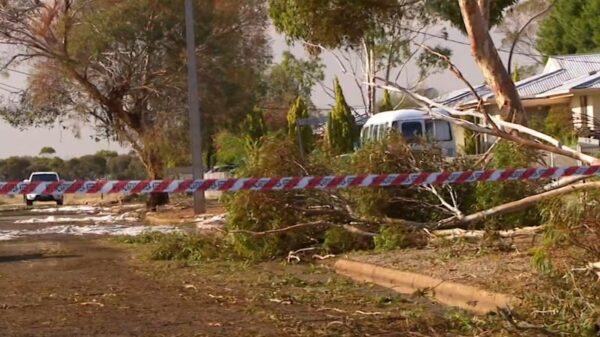In a remarkable twist of fate, a man who spent years believing he had discovered a gold nugget turned out to possess a rare meteorite. In 2015, while prospecting in Maryborough Regional Park near Melbourne, Australia, David Hole unearthed a heavy, reddish rock embedded in yellow clay. After countless attempts to break it open, including using a rock saw and even acid, he learned that his find was not a gold nugget but a scientifically significant meteorite.
Realizing the importance of his discovery, Hole brought the rock to the Melbourne Museum for identification. According to geologist Dermot Henry, the rock’s sculpted appearance indicated it had entered Earth’s atmosphere, where it melted and formed its unique texture. After examining thousands of rocks in his 37 years at the museum, Henry confirmed that this was one of only two rocks he had ever identified as a meteorite.
Weighing an impressive 17 kilograms (approximately 37.5 pounds), the meteorite was later named “Maryborough” after its place of discovery. Researchers published findings detailing its composition, identifying it as an H5 ordinary chondrite, which is rich in iron. A diamond saw was utilized to cut a slice from the rock, revealing crystallized droplets of metallic minerals, known as chondrules, within.
Scientific Significance of the Maryborough Meteorite
Henry emphasized the importance of meteorites for scientific research, stating, “Meteorites provide the cheapest form of space exploration.” They offer insights into the formation and chemistry of our Solar System, including Earth. Some meteorites even contain organic molecules, such as amino acids, which are the fundamental building blocks of life.
Researchers speculate that the Maryborough meteorite originated from the asteroid belt between Mars and Jupiter. It likely became dislodged from its orbit due to collisions with other asteroids before eventually falling to Earth. Carbon dating suggests that it has been on our planet for between 100 and 1,000 years, with meteor sightings recorded between 1889 and 1951 potentially correlating with its arrival.
Despite its earthly origins, the Maryborough meteorite is considered much rarer than gold. It ranks as one of only 17 meteorites documented in the state of Victoria and is the second-largest chondritic mass found, following a 55-kilogram specimen identified in 2003. Henry noted, “This is only the 17th meteorite found in Victoria, whereas there have been thousands of gold nuggets found.”
A Call to Explore and Discover
The story of the Maryborough meteorite serves as an intriguing reminder for amateur prospectors and rock enthusiasts alike. As evidenced by Hole’s discovery, valuable geological finds may be hidden in plain sight. The excitement surrounding this meteorite reflects a broader trend in recent years, where more meteorites are being linked to their parent bodies in space, enhancing our understanding of their origins.
In light of this discovery, individuals are encouraged to examine heavy, unusual rocks they may encounter. You never know—what appears to be a mere stone might just be a connection to the cosmos, waiting to be uncovered. The findings related to the Maryborough meteorite have been published in the Proceedings of the Royal Society of Victoria, further solidifying its scientific significance.






























































